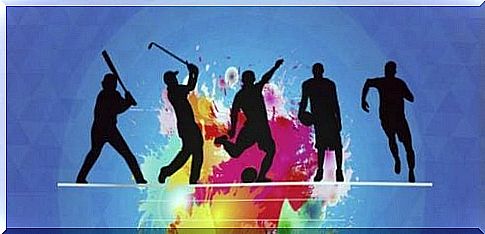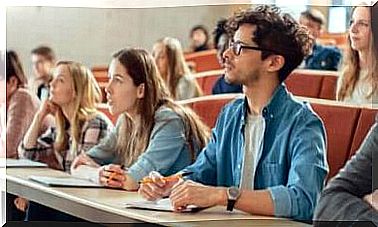Techniques From Sports Psychology That Everyone Can Benefit From

Sports psychology is a discipline commonly used by elite athletes. The goal is to improve their performance with the help of certain techniques from this psychology. Today, the level of competitions is high. Factors that were not important before, because people thought they made no difference to a performer’s performance, are now the factors that are considered the most important. Very small differences can distinguish between gold and loss. Well, this is where techniques from sports psychology come into the picture.
Everyone can benefit from using techniques from sports psychology. After all, we all have challenges in our daily lives that we must overcome. We all want to improve ourselves.
Athletes know that a large part of their victories have been dependent on their mental state. They need huge amounts of concentration, self-confidence, a tolerance for frustration and an orientation towards achievement. We also need all these things in our daily lives. Therefore, it may be a good idea to learn techniques used by sports psychologists and to find ways we can incorporate them into our own lives.

Three good techniques from sports psychology
There are many legitimate techniques from sports psychology, but there are mainly three that are used most often. The reason for this is that they are very effective. The three most commonly used are as follows:
- Visualization : imagining specific scenarios and mentally practicing how we will react when we are in them. The idea is to do this with as many details as possible, and to always visualize yourself as the winner. Athletes such as orienteers often use this technique.
- Positive internal dialogue : understand what you say to yourself and how you respond. When this internal dialogue is positive and encouraging, it will improve your skills. This technique is very common among athletes who play individual sports, such as golf or tennis.
- If… happens, then : imagine the problems that may arise during the competition and then reflect on strategies or responses you can use. This is a technique that will increase your self-confidence.
Some techniques will come more naturally to you than others, but you can use all three at the same time. Top athletes use them as an important part of their training.

A thought-provoking experiment
In an attempt to measure the effectiveness of the techniques used in sports psychology, an experiment was performed. The BBC designed the project and it was implemented virtually in 2012. Over 44,000 people participated in the experiment.
The participants went through a series of tests that all had a specific characteristic: each participant was exposed to a situation where they were under high pressure to perform. The researchers then measured the results quantitatively and taught the participants the three basic techniques of sports psychology. They performed the test again and the new results were fantastic.
Virtually all participants had improved their performance. The results were so significant that they generated attention from other researchers. Researchers are still working on the results to improve and polish the techniques used.
Daily applications of techniques from sports psychology
There are several areas where the basic techniques of sports psychology have been tested. They have almost always resulted in improved performance and performance. That said, we know that some techniques are more applicable to certain situations and areas than others.

Let’s look at some examples:
- To speak in public. Experts have shown that the technique we called “if… happens, then” works very well if the person has a fear of speaking in public. This technique increases self-confidence. By imagining possible difficulties, but also strategies for dealing with them, the feeling of fear is reduced.
- Activities that involve high levels of risk. Activities that involve risk generate more anxiety. Researchers have shown that the visualization technique is particularly effective for this type of situation. For example, visualization is very useful for surgeons. They make a mental map of the operation, which results in better performance.
- Stressful social situations. Think of situations involving an authority figure, for example. Observations show that the most appropriate technique in this type of situation is positive internal dialogue. It gives the person more confidence and helps them deal with the situation better.
Techniques from sports psychology have proven to be effective for many athletes. So there is no reason why they should not work for us as well. What is important is to have discipline and actually put them into practice. You will notice a difference – but only if you are consistent and use them daily.









